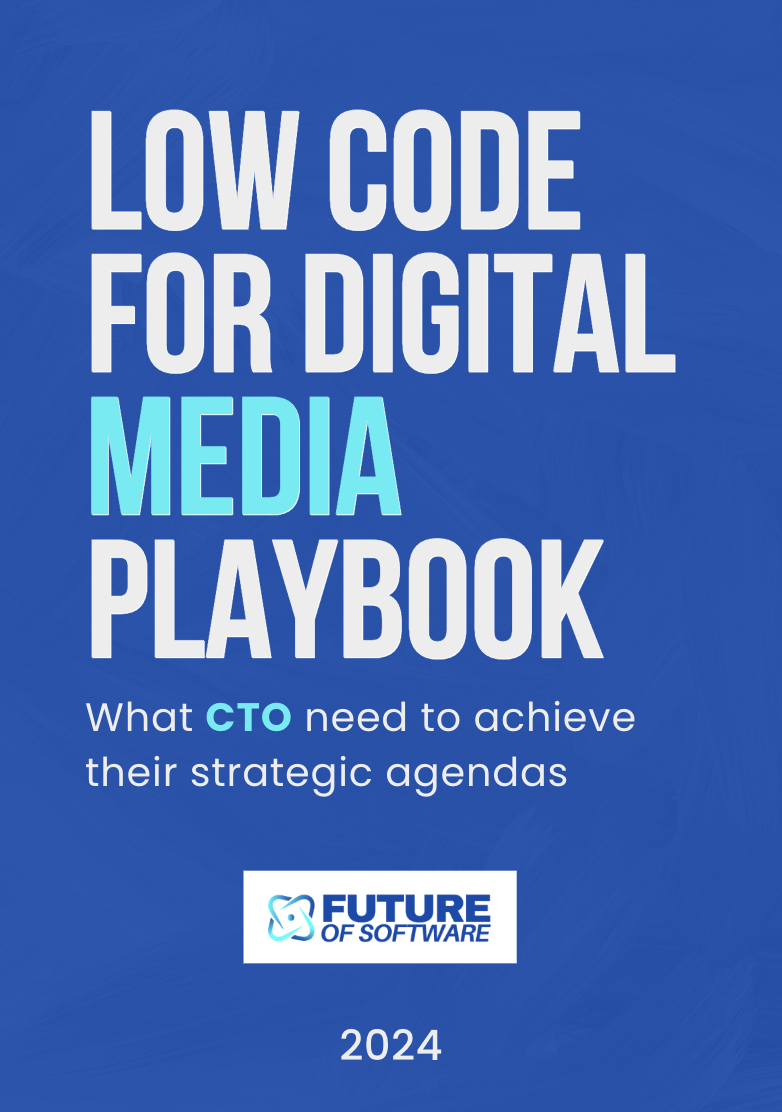
Understanding cloud native procurement software
What Makes Cloud Native Procurement Different?
Cloud native procurement software is transforming how enterprises manage their procurement operations. Unlike traditional on-premises procurement systems, cloud native solutions are designed from the ground up to run in cloud environments. This approach allows procurement teams to access tools and platforms from anywhere, supporting real time collaboration and decision making across business units and supplier networks.
Core Features Driving Modern Procurement
Key features of cloud native procurement platforms include seamless integration with other cloud based systems, automated spend management, and advanced supplier management capabilities. These platforms, such as GEP SMART and other leading procurement software, offer end-to-end source to pay functionality. This means procurement teams can handle everything from sourcing and contract management to procure to pay processes within a single, unified platform.
- Real time analytics: Gain instant insights into spend, supplier risk, and compliance.
- Scalability: Cloud procurement tools can easily scale with business growth or changing needs.
- Automation: Streamline procurement processes, reducing manual effort and errors.
- Integration: Connect with other business systems for a holistic view of procurement operations.
Why Cloud Native Matters for Procurement Teams
For organizations aiming to modernize their procurement management, adopting cloud native procurement software means faster deployment, lower upfront costs, and continuous access to the latest features. Procurement platforms built for the cloud also support better compliance and risk management, as updates and security enhancements are delivered automatically by the provider.
As procurement operations become more complex, cloud based procurement systems provide the flexibility and agility needed to respond to market changes and supplier dynamics. For a deeper look at how document management integrates with these systems, explore this resource on AWS Systems Manager for document management.
Key benefits for organizations
Unlocking Efficiency and Agility in Procurement Operations
Cloud native procurement software is transforming how enterprises manage their procurement operations. By leveraging cloud based platforms, organizations gain the flexibility to scale their procurement systems as business needs evolve. This agility is especially valuable for procurement teams that need to adapt quickly to market changes or supplier disruptions. With real time data and analytics, procurement management becomes more proactive, enabling smarter decision making and faster response times.
Enhanced Spend Management and Cost Control
One of the key features of cloud procurement platforms is their ability to centralize spend management. By consolidating procurement processes into a single, unified platform, businesses can gain full visibility into their spend patterns. This transparency helps identify cost saving opportunities, reduce maverick spend, and improve compliance with internal policies. Cloud native solutions like GEP SMART and other leading procurement tools offer advanced analytics that empower procurement teams to negotiate better terms with suppliers and optimize sourcing strategies.
Streamlined Supplier Management and Collaboration
Modern procurement software simplifies supplier management by providing integrated tools for onboarding, performance tracking, and risk assessment. Cloud based procurement platforms enable seamless collaboration between buyers and suppliers, reducing manual paperwork and cycle times. Features such as automated procure to pay workflows and real time communication channels help enterprises build stronger supplier relationships and ensure compliance with regulatory requirements.
Accelerating Digital Transformation
Adopting cloud native procurement systems is a crucial step in the digital transformation journey for many organizations. These platforms offer rapid deployment, frequent updates, and easy integration with other business systems. As a result, procurement operations become more resilient and adaptable to future technological advancements. For a deeper look at how serverless computing is revolutionizing software development and supporting this transformation, explore our insights on how serverless computing revolutionizes software development.
Challenges in transitioning to cloud native solutions
Barriers to Adopting Cloud Native Procurement Platforms
Transitioning to cloud native procurement software brings significant advantages, but the journey is not without its hurdles. Many enterprises face challenges that can slow down or complicate the shift from traditional procurement systems to modern, cloud based platforms.- Legacy System Integration: Existing procurement operations often rely on legacy software and on-premises tools. Migrating data and processes to a cloud native procurement platform can be complex, requiring careful planning to avoid disruptions in supplier management and spend management workflows.
- Change Management: Procurement teams accustomed to established systems may resist adopting new cloud procurement tools. Training and change management are essential to ensure teams can leverage the key features of cloud based procurement platforms effectively.
- Cost and Resource Allocation: While cloud procurement software can reduce long-term costs, the initial investment in migration, integration, and training can be substantial. Enterprises must weigh these upfront costs against the long-term benefits of improved procurement processes and real time spend visibility.
- Customization and Compatibility: Not all cloud native procurement solutions offer the same level of customization as legacy systems. Businesses may find that certain procurement features or workflows are not fully supported, requiring additional development or third-party procurement tools.
- Data Migration Risks: Moving sensitive procurement and supplier data to a new cloud platform introduces risks related to data loss, corruption, or compliance breaches. Careful planning and robust risk management strategies are critical during this phase.
Security and compliance considerations
Ensuring Data Protection and Regulatory Alignment
Cloud native procurement software introduces new layers of complexity when it comes to security and compliance. As procurement teams move their spend management and supplier management processes to cloud based platforms, safeguarding sensitive business data becomes a top priority. Enterprises must ensure that their chosen procurement systems offer robust security features, such as end-to-end encryption, multi-factor authentication, and real time monitoring of procurement operations.Managing Risk in Cloud Procurement Platforms
The shift to cloud procurement tools means organizations are entrusting third-party providers with critical procurement data. This increases the importance of vendor risk assessments and ongoing compliance checks. Leading procurement platforms like GEP SMART and other cloud native solutions often provide built-in compliance tools to help businesses adhere to industry regulations and regional data protection laws. However, it remains essential for procurement teams to regularly review these key features and ensure their procurement software aligns with both internal policies and external requirements.- Automated audit trails for procure to pay processes
- Role-based access controls for sensitive procurement data
- Continuous monitoring for suspicious activity across procurement systems
Balancing Innovation with Compliance
While cloud based procurement platforms offer agility and scalability, enterprises must not overlook compliance obligations. Procurement operations often involve handling supplier contracts, payment details, and confidential business information. Cloud native procurement tools should support compliance frameworks relevant to your industry, such as GDPR, SOC 2, or ISO 27001. Regular training for procurement teams and clear documentation of management practices help maintain compliance as procurement processes evolve. By prioritizing security and compliance, organizations can fully leverage the benefits of cloud native procurement software while minimizing risk and ensuring trust across their procurement platform ecosystem.The role of artificial intelligence and automation
Transforming Procurement with AI-Driven Insights
Artificial intelligence and automation are now at the heart of modern procurement software. Cloud native procurement platforms use AI to analyze spend data, streamline supplier management, and automate routine tasks. This shift allows procurement teams to focus on strategic decisions rather than manual processes. For example, AI-based tools can identify patterns in supplier performance, flagging potential risks or compliance issues before they escalate.
Automation Across the Source-to-Pay Cycle
Automation is reshaping the entire procure-to-pay process. Cloud based procurement systems can automate everything from sourcing and contract management to invoice approvals and payment. This not only reduces processing time but also minimizes human error. Enterprises benefit from real time tracking of procurement operations, ensuring that spend management aligns with business goals. Automated workflows also help enforce compliance with internal policies and external regulations.
Key Features Powering Smarter Procurement
- Intelligent Spend Analysis: AI-driven analytics help organizations gain deeper insights into spend patterns, supporting better decision-making and cost savings.
- Supplier Risk Management: Automated risk assessment tools monitor supplier performance and compliance, reducing exposure to disruptions.
- Smart Contracting: AI-powered contract management features streamline negotiations and ensure that terms are enforced throughout the supplier lifecycle.
- Real Time Alerts: Cloud procurement platforms provide instant notifications for anomalies or compliance breaches, enabling proactive management.
Enhancing Collaboration and Agility
Cloud native procurement software, such as GEP SMART, enables procurement teams to collaborate seamlessly across departments and geographies. AI and automation facilitate faster decision-making, allowing businesses to respond quickly to market changes. This agility is crucial for enterprises aiming to optimize procurement processes and maintain a competitive edge.















